I’m not sure if this issue affects the functionality of your app, and as the documentation says, you don't need to fix this issue if it has no effect on function.
These events can be safely ignored because they do not adversely affect functionality and are by design. This is the recommend action for these events.
If it has effect on your application, you can follow these steps to fix it:
- Open the registry editor as an administrator and nagvigate to HKEY_CLASSES_ROOT\CLSID{D63B10C5-BB46-4990-A94F-E40B9D520160}. If you are in the right location, you also see the APPID as a value. Remember the application name, you can see in the Data column, the corresponding Name column shows (Default).

- Right click the {D63B10C5-BB46-4990-A94F-E40B9D520160} and click Permissions, then choose Advanced.
- In the advance security setting window, click Change and type your administrator account. Then click OK.
- In the "Permissions for..." windows, select the Administrators and activate the Full Permissions checkbox.
- Repeat step 1 to 4 to add permissions for APPID{9CA88EE3-ACB7-47C8-AFC4-AB702511C276}.
- Open Component Services as administrator. Navigate to Component Services-Computers-My Computer-DCOM Config. Find the application by application name remembered in step 1 and right click the Properties.
- Go to the Secutiry tab, choose the appropriate action. You can choose Launch and Activation Permissions, set to Customize, and Edit.
- Click the name that applies to you and click the appropriate permission.
